You don’t need to reinvent the wheel with every new content marketing campaign. Continue doing what works while shoring up your weaknesses and plugging execution gaps, and you will succeed.
That being said, if you hit the proverbial wall when you sit down to map out your next campaign or just the next month’s worth of content, we’ve got just the thing: Ten timeless content marketing examples that are just as impressive today as when they were first conceived.
Take a look through these marketing examples – you’re sure to find some inspiration to get those creative juices flowing.
10 timeless content marketing examples
- Coca-Cola: ‘Share a Coke’ campaign
- Charmin: SitorSquat mobile app
- Hootsuite: ‘Game of Social Thrones’ video
- SEMrush: ‘Virtual Egg Hunt Tour’ product demo
- Make-a-Wish: Batkid project
- HubSpot: The HubSpot blog
- General Electric: #GEInstaWalk influencer marketing campaign
- Nintendo: Omnichannel marketing approach
- Orlando Magic: Personalized app and email content
- Dropbox: Robust referral program
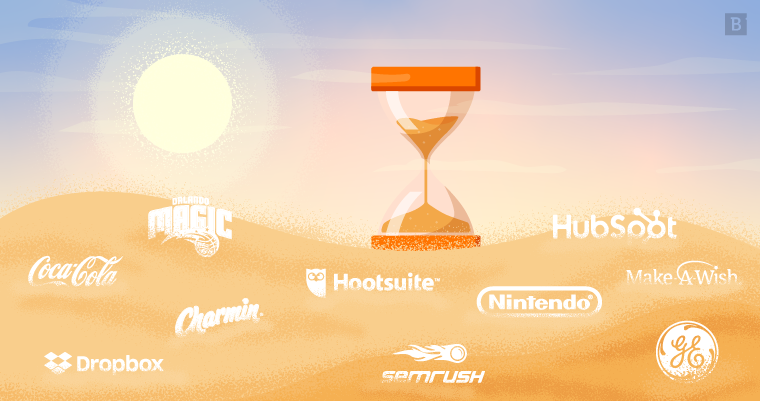
1. Coca-Cola’s ‘Share a Coke’ campaign goes worldwide
At the start of the decade, Coca-Cola made the decision to move away from the traditional advertising strategies that produced ubiquitous and iconic ads like the Coca-Cola polar bears, and embraced a digitally focused content marketing strategy.
One of the initial ideas to come out of this mindshift was the company’s “Share a Coke” campaign. It combined various engagement strategies across both digital and physical touch points – social media marketing, guest blogging, user-generated content, custom product packaging and consumer personalization, to name a few – to create a fun and compelling campaign that was a hit with its target audience.
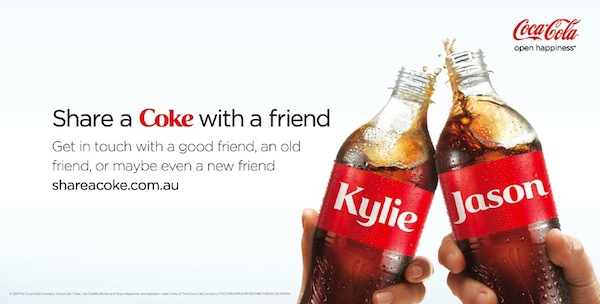
The company released millions of bottles of Coke featuring different first names on the label (Jack, Daisy, Sam, Andrea – you get the idea). It then encouraged customers to go out and find bottles that had their names or those of their family and friends on the packaging and share their finds on social media. That’s all it took to sell more than 250 million cans of Coca-Cola in the Australia market in a single summer.
What you can learn
Forgive us for repeating ourselves, but Coca-Cola’s “Share a Coke” campaign really was a phenomenal example of how to bridge the divide between different engagement channels and touch points and generate tons of brand buzz out of a relatively simple idea.
When you take advantage of the strengths of different content formats – encouraging customers to create their own user-generated content across social media, in this case – you can generate a lot of buzz for your brand.
2. Charmin has fun with mobile
Charmin turned a lot of heads when it released its SitorSquat mobile app. What could a mobile app created by a toilet paper manufacturer possibly offer consumers? A real-time map of public restrooms, complete with user reviews and recommendations, as it turns out.
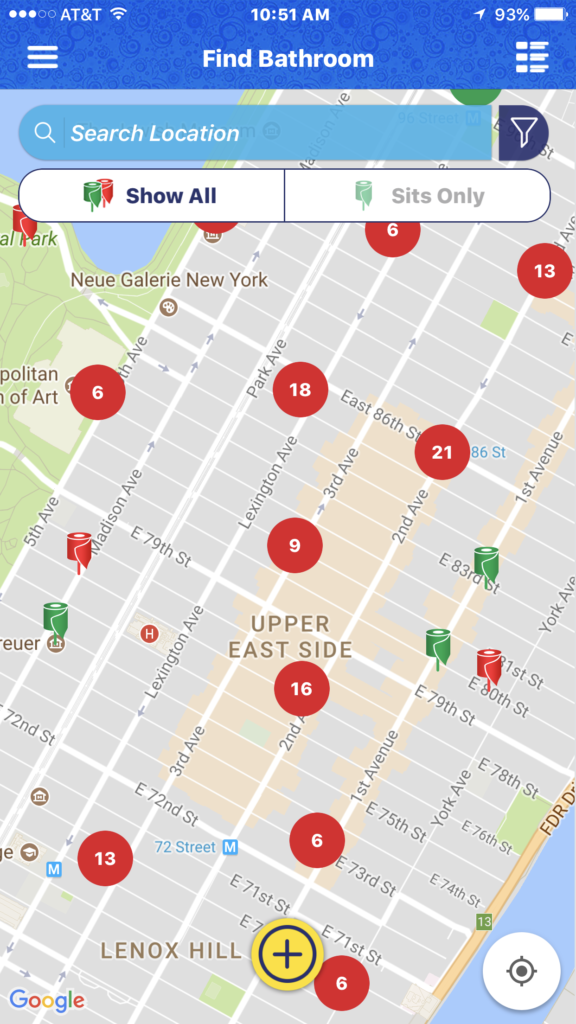
It’s a profoundly goofy idea, but it’s also pretty practical. Who hasn’t hunted around for a public restroom while traveling? Charmin’s got you covered. Who would have thunk it?
What you can learn
There are a couple of different takeaways here. First, don’t be afraid to embrace your brand’s fun side. Charmin certainly wasn’t when it released SitorSquat.
Second, explore your engagement opportunities on different platforms. There isn’t an obvious sell for a mobile app operated by a toilet paper company, but Charmin found an angle that served a practical function while increasing brand awareness.
3. Hootsuite nails viral marketing
Hootsuite’s “Game of Social Thrones” video is a great example of viral marketing at work. The video perfectly recreates the popular HBO show’s iconic opening credits sequence, swapping in social media imagery for Westeros landmarks like Winterfell and King’s Landing.
Clever? Yes, but what elevated this piece of content was its timing.
The video was released to coincide with the premiere of the new season of “Game of Thrones.” It was a concerted effort to tap into a trending topic on social media and then manufacture content capitalizing on it.
And it paid off: Hootsuite got a lot of attention from GoT fans, building brand awareness and showing off its creativity.
What you can learn
Deliberate attempts to go viral rarely work out, and in a lot of cases, wind up looking kind of desperate. It can feel like going viral is total luck of the draw with seemingly no rhyme or reason for predicting which marketing campaigns will really take off.
Hootsuite has shown that’s not the case. You can use viral marketing strategies to improve your content’s prospects of being shared on social media channels. Researching trending topics and then devising a clever way to tie your brand messaging into those subjects is the key.
4. SEMrush makes seasonality matter
Seasonal tie-ins are a hallmark of content marketing (get ready for an avalanche of “X reasons we’re thankful for {insert product}” blogs over the next month). But it’s rare that brands actually align seasonality with their brand message in a clever way.
Unless that brand is SEMrush. We’re big fans of the company’s SEO and marketing research platform in general, but it’s “Virtual Egg Hunt Tour” was an ingenious example of seasonal-focused content at work.
Launched in Spring 2017, the campaign found a compelling way to conduct a product demo: Turn it into an Easter egg hunt.
New users were tasked with finding an assortment of Easter eggs hidden throughout the SEMrush platform. Each egg was carefully placed to encourage users to try out important features and better understand how to get around the interface.
What you can learn
Seasonal content doesn’t need to fall back on the same tired cliches. SEMrush’s Easter egg hunt uses the trappings of a holiday to support a practical goal: Train new users on its platform and highlight the most valuable features.
Find creative ways to align seasonal topics with your content marketing objectives, and you’ll get a lot more value out of them beyond higher search visibility.
5. Make-A-Wish Foundation perfects video storytelling
Nonprofits need to spread their messaging just as much as corporate brands. Video is often one of the most powerful avenues for nonprofit messaging. It shows potential donors who benefits from their support, whether it’s sick children, disabled veterans or abused animals (Can you ever hear Sarah McLachlan’s “Angel” without thinking of the ASPCA? I’m tearing up just mentioning it).
The Make-A-Wish Foundation went even further to promote arguably its most elaborate project to date: Helping a child spend one day as his own superhero, Batkid.
The organization worked with officials in San Francisco to set up a day of crime-fighting for Batkid, who teamed up with Batman to foil schemes cooked up by the likes of the Penguin and Riddler.
The event became a media sensation thanks in part to a popular social media campaign that brought out more than 10,000 volunteers to help transform San Francisco into Gotham City.
Make-A-Wish produced a video documenting the project, highlighting the lengths the organization will go to deliver on its mission. Donations flowed in following its release, and Batkid helped raise the Make-A-Wish Foundation’s profile to its highest point in years.
What you can learn
Video is an incredibly powerful avenue for your brand messaging. If you have a compelling story to tell, video marketing can help capture your brand values and share them with audiences who might otherwise ignore other types of content.
6. HubSpot creates meaningful content
You would expect HubSpot’s team to be masters of digital marketing, and they do not disappoint. The brand’s blog page is a masterclass in content production, consistently churning out articles that tackle subject matter readers (most likely digital marketers themselves) can actually incorporate into their professional lives.
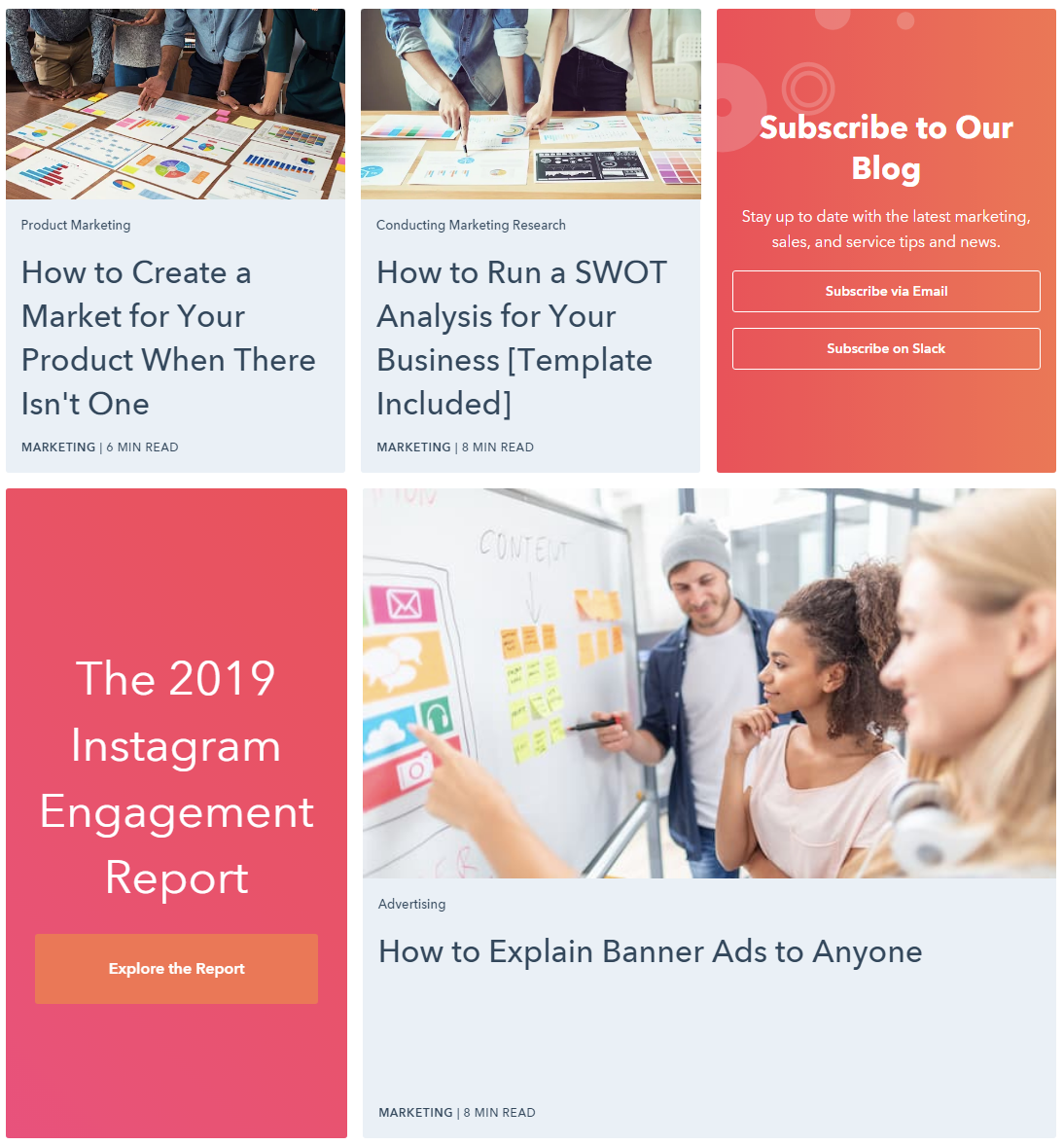
Some choice examples include step-by-step guides on logo design, video production and sales automation. Whatever aspect of digital marketing you’re curious about or need help with, odds are HubSpot has an expertly written article to help.
What you can learn
Content for content’s sake isn’t a viable strategy. Everything you produce needs to provide value to your audience, whether that’s by answering a question, giving expert advice, offering suggestions or connecting with readers on a personalized or emotional level.
Before sitting down to write your next blog post, ask yourself, “How will this help my readers?”
7. General Electric does influencer marketing right
Influencer marketing is often associated with consumer brands, but B2B companies can benefit just as much from social media’s movers and shakers.
Case in point: General Electric, which used its #GEInstaWalk influencer marketing campaign to drum up interest in its latest industrial technology. The company invited several popular Instagram photographers to take tours of various facilities housing industrial equipment like wind turbines, jet engines and locomotives.
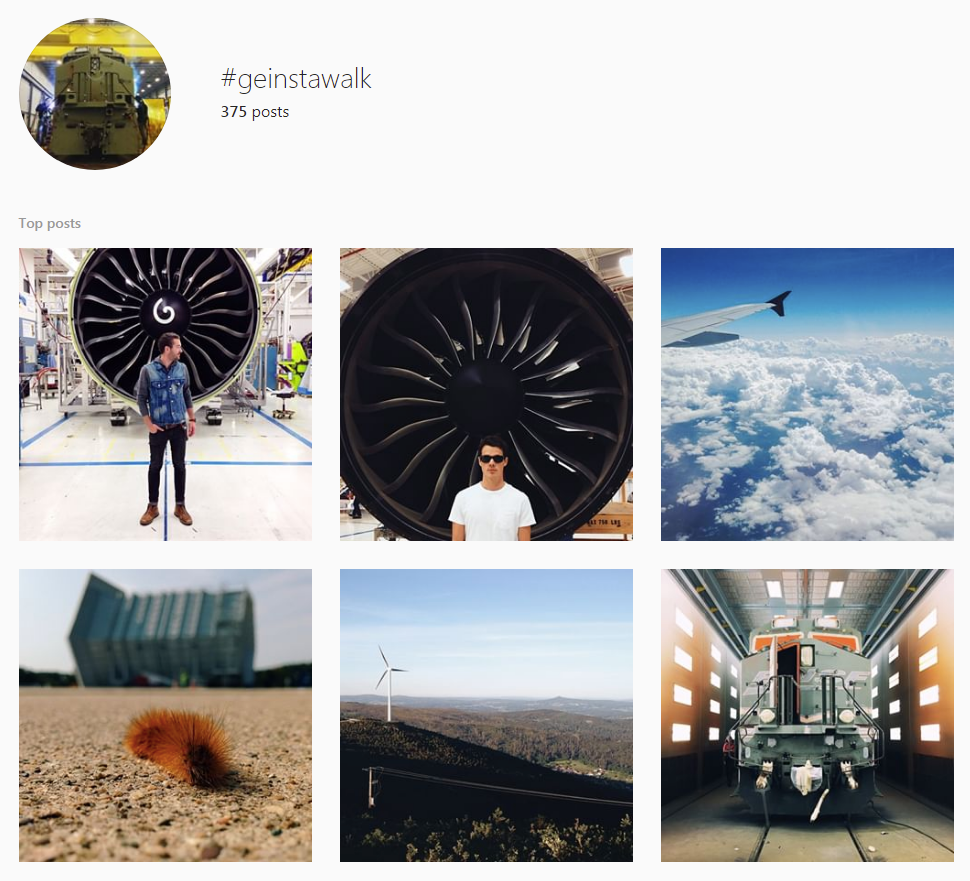
Each influencer then shared tour photos on their social media feeds using the hashtag #GEInstaWalk, promoting GE’s R&D work to millions of users.
What you can learn
Influencer marketing isn’t just for luxury brands. When paired with influencers whose followers overlap with the right audience, B2B companies can drastically increase their brand awareness through influencer marketing campaigns.
8. Nintendo goes global
Marketing campaigns have historically been separated into different regions in the video game industry. Products are often rolled out at different times across the major markets and marketing strategies are designed to address distinct market conditions and consumer tastes (Sega’s relentless bashing of Nintendo’s family-friendly image in the U.S. during the ‘90s probably wouldn’t have gone over as well in Japan, for instance).
That wasn’t the case when Nintendo released the Nintendo Switch simultaneously in North America, Europe and Japan, among other markets, in March 2017. The company’s different marketing teams worked together to drum up consumer interest, using every available platform and channel available to them.
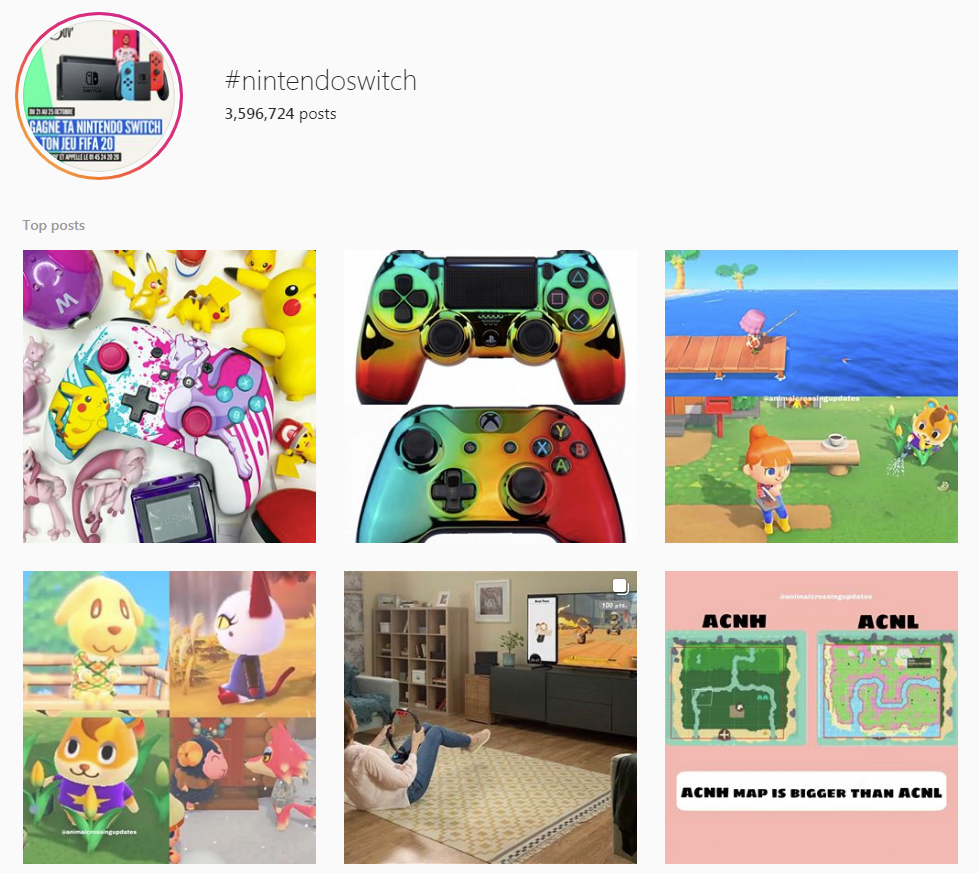
Nintendo’s global marketing campaign stretched across social media channels, billboards, event marketing opportunities, television spots and many other touch points to reach the broadest audience possible.
Through it all, marketing teams in each market kept the brand messaging and style consistent – a pretty incredible feat when you consider the scale of the campaign and how rare this kind of marketing effort is in the video game industry.
What you can learn
Maybe you’re not planning a global content marketing campaign anytime soon, but Nintendo’s example shows you how to integrate different channels to support your marketing efforts while staying true to your brand.
Maintaining consistent style and messaging guidelines is key to establishing your brand in the minds of consumers and B2B audiences alike.
9. Orlando Magic personalizes the fan experience
Personalization is the next big thing in digital marketing, but if you need convincing, then check out the work the Orlando Magic has been doing with fan engagement.
Using the latest AI-enabled software, the NBA team creates customized mobile app and email messages to send to ticketholders. These messages are triggered by different circumstances – a fan putting their tickets up for sale on a secondary-market website, for instance.
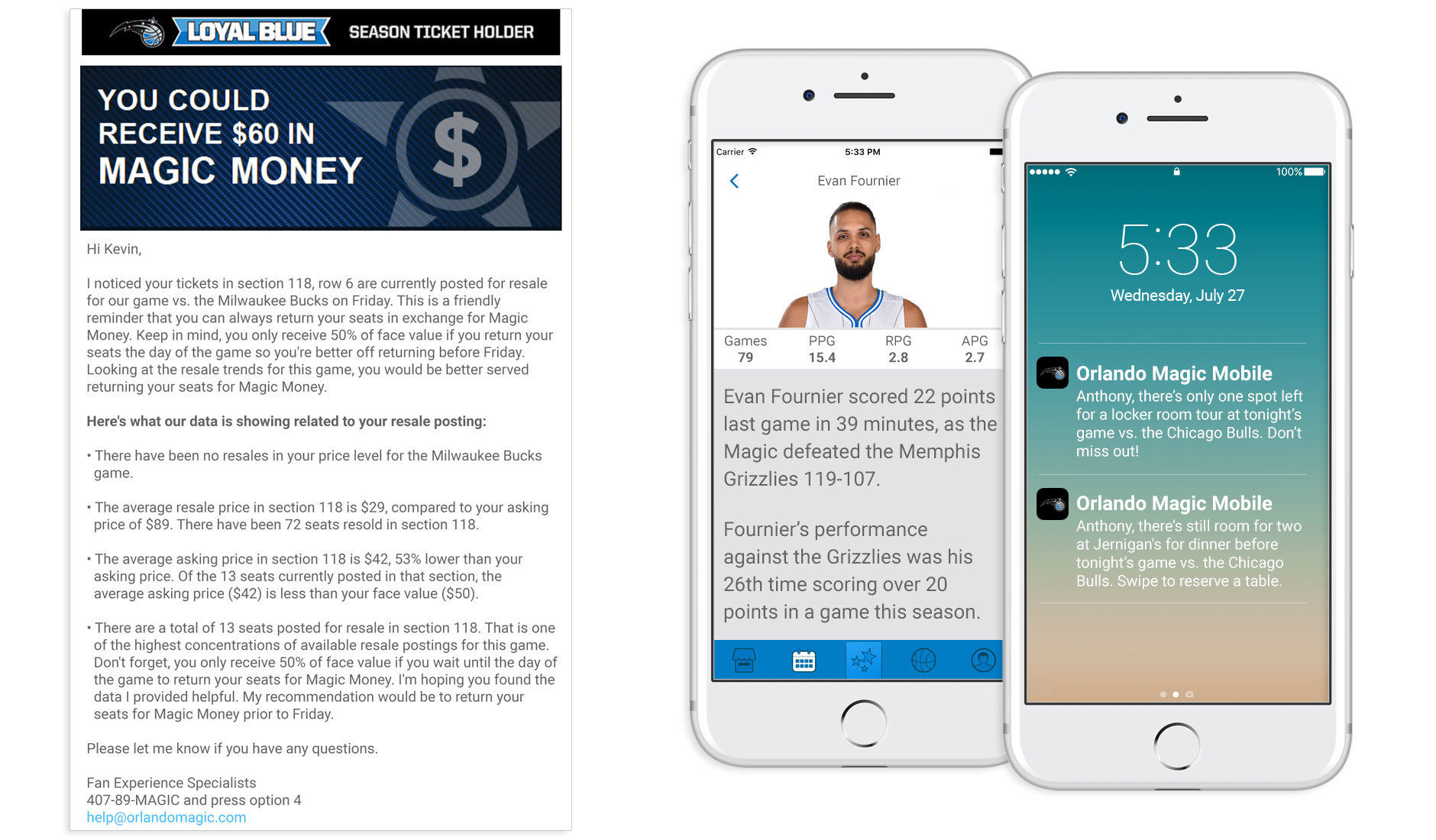
Fans receive offers that are created around their recent activity. The team might offer someone trying to sell their tickets cash value that can be put toward a game in the future.
It’s taking the idea of “right place, right time” marketing to its logical conclusion.
What you can learn
True personalization may still be a little ways down the road, but your marketing team should still craft marketing strategies and content with specific audience members in mind. Having detailed personas to market to helps focus your marketing efforts and produces better content and more successful campaigns.
The Orlando Magic’s example is also a more hyper-focused version of the general rule of thumb to always be delivering specific pieces of content depending on where your audience is in the customer journey. It’s all about having a particular purpose and goal in mind with every blog post, infographic, video or any other piece of content.
10. Dropbox brings in new customers with referral marketing
One of the most compelling referral marketing success stories is Dropbox. The cloud-based file hosting service created a referral program offering users a generous 500 megabytes of free storage space for inviting other people to sign up.
The kicker: Both the advocate and the new user received the gift. Dropbox Plus and Dropbox Professional accounts could earn even more free hosting through the referral program – up to 32 gigabytes in some cases.
That approach helped the company significantly increase its number of signups, and it remains a nice perk for users to take advantage of to this day.
What you can learn
Referral marketing is a good way to grow your brand and bring new customers into the fold. Giving satisfied customers extra enticement to refer your services to others is well worth whatever free giveaways they get in return.
The world of content marketing moves quickly, but some strategies and campaigns stand the test of time.
Why?
Because they have a keen understanding of who their audience is and what makes them tick. Regardless of what content you create or which channel you’re targeting, you always need to be delivering value to your target audience.
The industry may change, but that never will.





